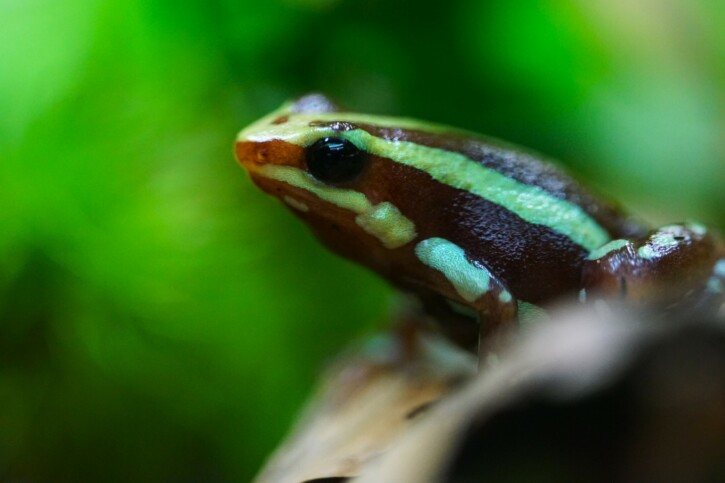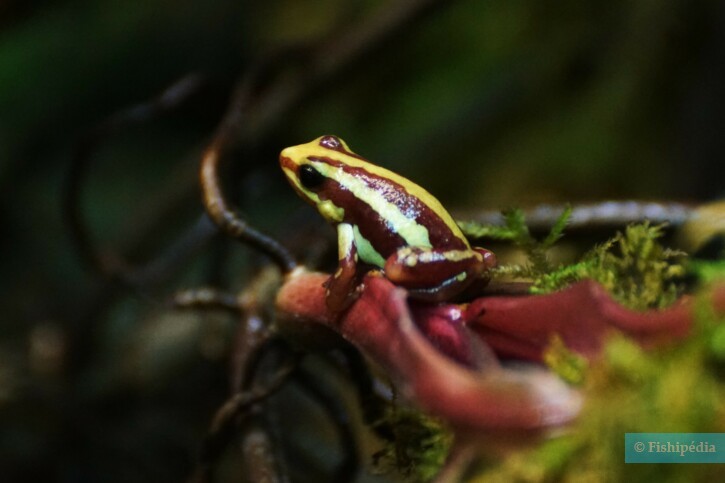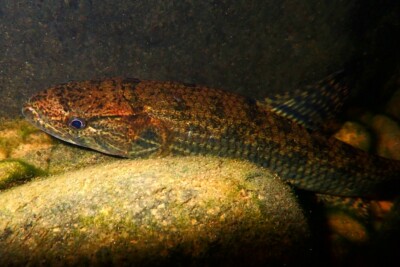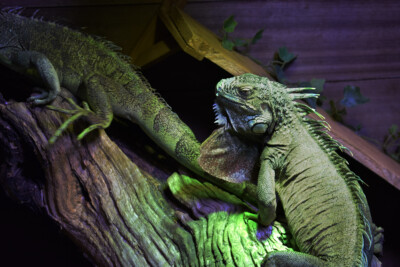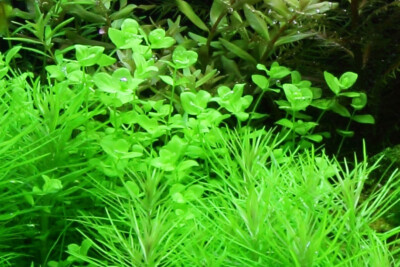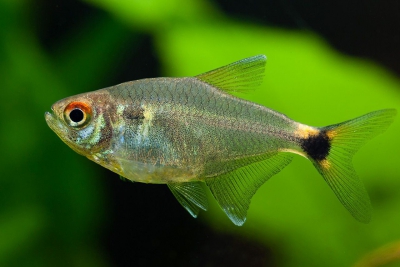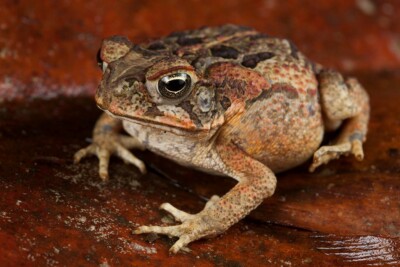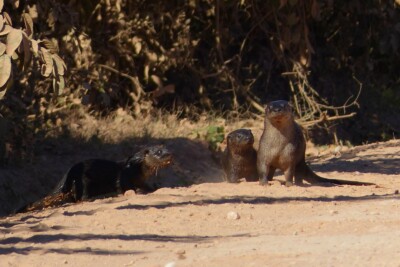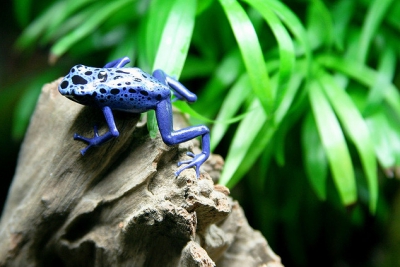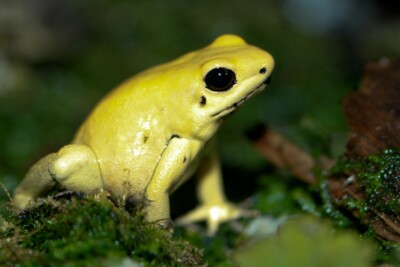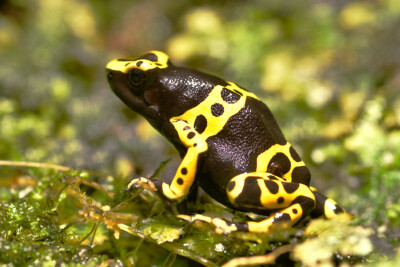Anthony's dart frog
| Family | Dendrobatidae |
|---|---|
| Genus | Epipedobates |
| IUCN category (World) | NT |
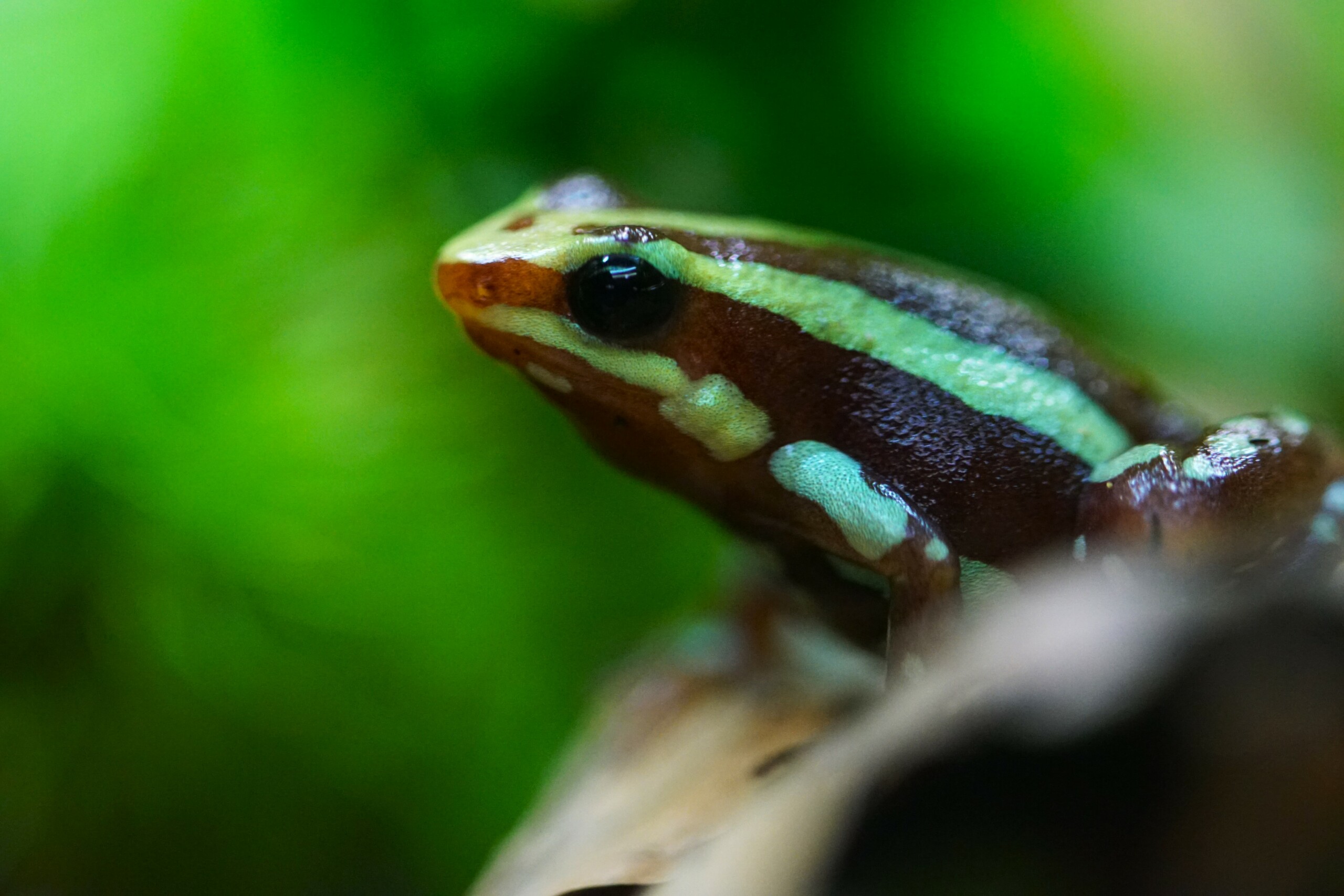

Introduction
Epipedobates anthonyi is a small venomous terrestrial frog native to the tropical forests of southwestern Ecuador. It is distinguished by its bright coloration and the presence of a clear dorsal longitudinal line.
Although considered abundant in some regions, this species is experiencing a decline due to habitat degradation.
Who is it?
Morphology
-
Size1.7 - 2.7 cm
-
Motifmultiple
-
Mimicryleaf
-
Size1.7 - 2.7 cm
-
Motifmultiple
-
Mimicryleaf
How to recognize this amphibian ?
Epipedobates anthonyi is a small frog ranging in size from 19 to 26.5 mm. It is characterized by a clear mid-dorsal longitudinal line, present in all populations. The skin is smooth on the back and flanks, with proportionally small eyes and a head as wide as the body. The toes have two dermal discs at their tips.
The main difference between this species and other closely related species, such as Epipedobates espinosai and Epipedobates darwinwallacei, is the presence of a complete lateral oblique line.
The coloration of Epipedobates anthonyi varies significantly among populations:
- In the Puyango and Moromoro populations (El Oro province), individuals are mainly brown, with cream-tinted turquoise dorsolateral lines. The belly is dark brown with light spots or cream with dark brown spots.
- In the Zarayunga population (El Oro province), the dominant coloration is red, accompanied by light turquoise dorsolateral and mid-dorsal lines. The belly is dark reddish-brown with irregular turquoise spots.
In all populations, a lateral oblique line runs from the groin to the eye, and a grayish or cream ventrolateral line runs from groin to the base of the arm. Bright red spots are often present at the groin and on the ventral surface of the hind legs.
Sexual dimorphism
Females are slightly larger than males.
Behaviour & Life cycle
-
Sociabilitysolitary
-
Way of livingdiurnal
-
VenomousYes
-
Dietpredator
Adults are diurnal and terrestrial, often active early in the morning and late afternoon, in dense vegetation near small pools. They mainly feed on small insects.
Reproduction
-
Reproductionovipare
Reproduction occurs during the rainy season, when males become territorial. The clutch, consisting of 15 to 40 eggs, is laid in leaf litter, and males provide parental care, guarding the eggs for two weeks until hatching. They then transport the tadpoles on their back to a pool or stream, where their larval development is completed.
Harmless species
The toxins of Epipedobates frogs have been used in medical research, particularly in studying epibatidine, an alkaloid with powerful analgesic properties.
Its toxicity is lower than that of Phyllobates and Dendrobates species. Its red coloration serves as a warning to potential predators, indicating its toxicity. The toxins present in its skin are of dietary origin, and captive frogs lack them.
Origin and distribution
Geographic distribution & Conservation
Epipedobates anthonyi is found in southwestern Ecuador (El Oro, Azuay, and Loja provinces) and northwestern Peru (Piura and Tumbes regions), at altitudes ranging from 150 to 1,770 m above sea level.
Although Epipedobates anthonyi is considered abundant in southern Ecuador, its population is declining due to ongoing habitat degradation, including river pollution and forest destruction. Between 2008 and 2009, visual surveys in Azuay and El Oro provinces (Ecuador) detected 293 individuals in 57 1,000 m² quadrants. In 2010, 221 individuals were observed in 64 visual transects covering a total area of 6,400 m² at El Caucho Biological Station, in Tumbes National Reserve in Peru. While these numbers show relative abundance, habitat quality and extent are decreasing, which could lead to long-term population declines.
Conservation status of populations (IUCN)
What is its habitat?
Natural environment characteristics
-
Temperature20 - 26 °C
Biotope presentation
This frog mainly inhabits dry and wet tropical forests, near rivers or temporary pools, where it finds the necessary conditions for reproduction.
Species of the same biotope
To go further
Sources & Contributions
Participation & Validation
The Fishipedia team and specialist contributors are committed to providing high-quality content. However, although the information comes from scientific sources or testimonials from specialists, the cards may contain inaccuracies.
Translation
Translation done with the valuable contribution of our translators, who make this information available to a wider audience. We sincerely thank them for their commitment.
Scientific partners
Tags
Species of the same family
Species of the same biotope
